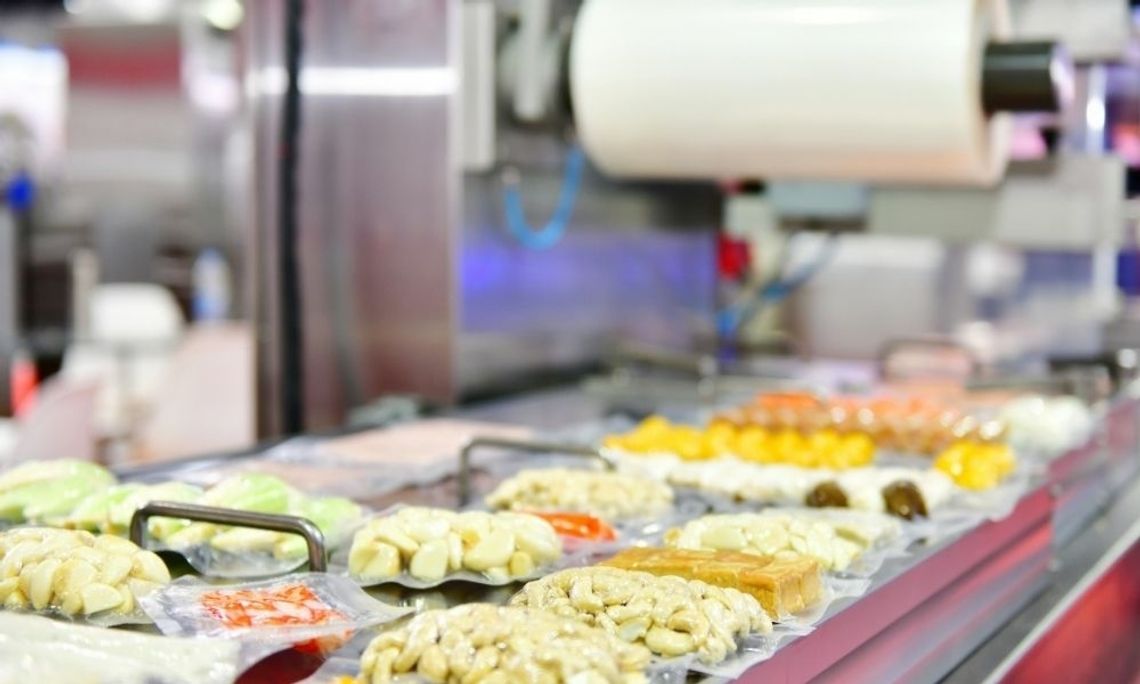Many modern societies around the world rely on food processing plants for food. Processing plants create a wide variety of products, including juice, cereal, canned food, pastries, dairy goods, and many others.
It takes a lot of forethought and maintenance for plants to maintain a high sanitation standard to keep people safe. Learn how food processing plants stay sanitary.
1. Sanitary Design
Food processing and manufacturing facilities are built following principles of sanitary design. Sanitary design helps workers efficiently clean and sanitize spaces and equipment.
Plant owners ensure their equipment is made with appropriate materials. One of the most widely-used metals in food plants is steel because of its corrosion resistance. Outfitting the plant with superior equipment is key to promoting sanitary standards.
2. Hygienic Practices
The second way food processing plants stay sanitary is by following hygienic practices. Hygienic practices keep ingredients safe for consumption and help to prevent food loss and waste. Following hygienic policies and procedures helps to keep the plant itself more sanitary by preventing the spread of germs.
Some common hygienic practices include:
- Regularly washing hands
- Never picking up items from the floor if you’re a food handler
- Not touching food if you’re a non-product handler
- Wearing personal protective equipment, including gloves, hair nets, and shoe booties
- Not wearing jewelry or loose items
- Storing food at the right temperature
3. Regular and Methodical Cleaning
It’s important for workers to thoroughly clean and sanitize equipment regularly. Sanitary design plays an important role in this process.
With well-designed parts and equipment, employees don’t have to work as hard to clean surfaces. Materials like stainless steel are easy to clean in part because they’re non-porous.
Workers should use the right cleaning solutions for their plant’s specific needs. Sometimes, properly cleaning equipment means taking it apart and sanitizing individual components. Employees must pay careful attention to bends, cracks, and crevices to prevent bacterial growth.


Comment
Comments